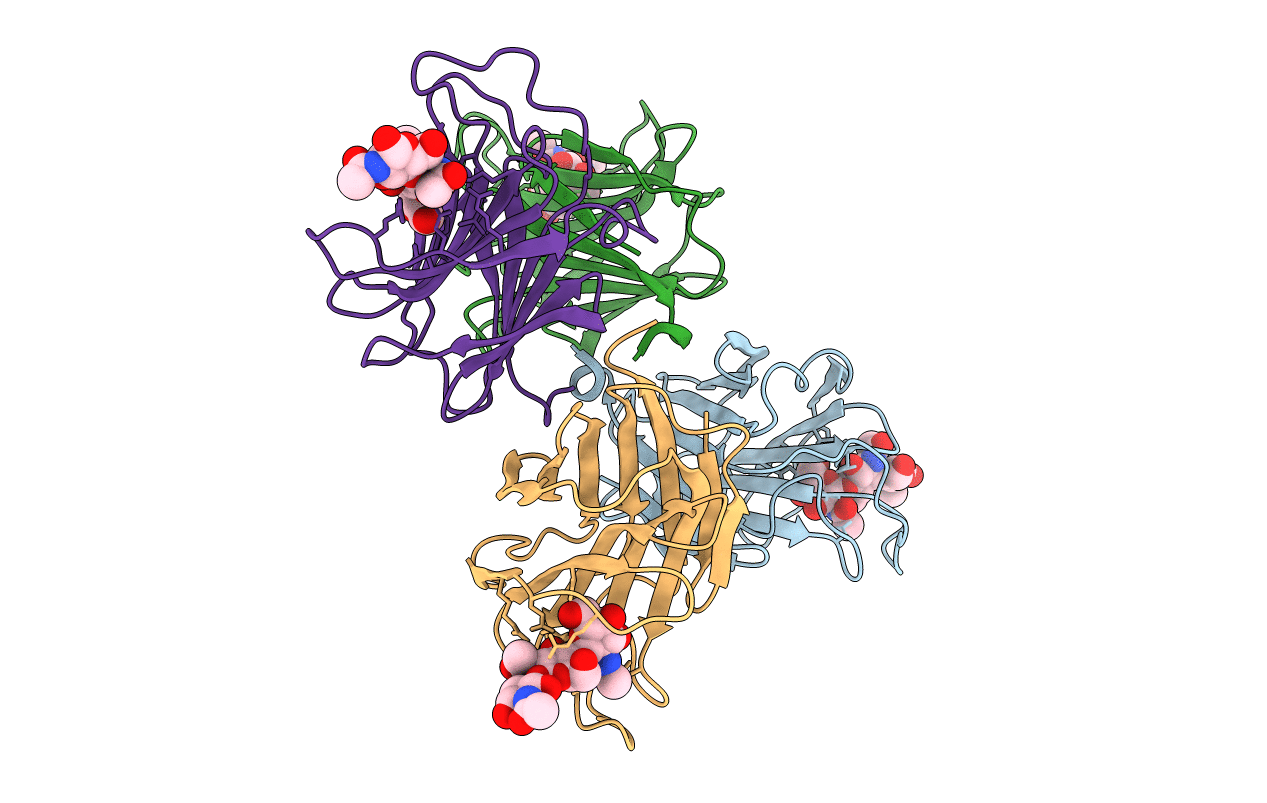
Deposition Date
2007-08-20
Release Date
2008-05-20
Last Version Date
2023-10-25
Entry Detail
PDB ID:
2R0H
Keywords:
Title:
Fungal lectin CGL3 in complex with chitotriose (chitotetraose)
Biological Source:
Source Organism:
Coprinus cinereus (Taxon ID: )
Host Organism:
Method Details:
Experimental Method:
Resolution:
1.90 Å
R-Value Free:
0.25
R-Value Work:
0.19
R-Value Observed:
0.19
Space Group:
P 1


